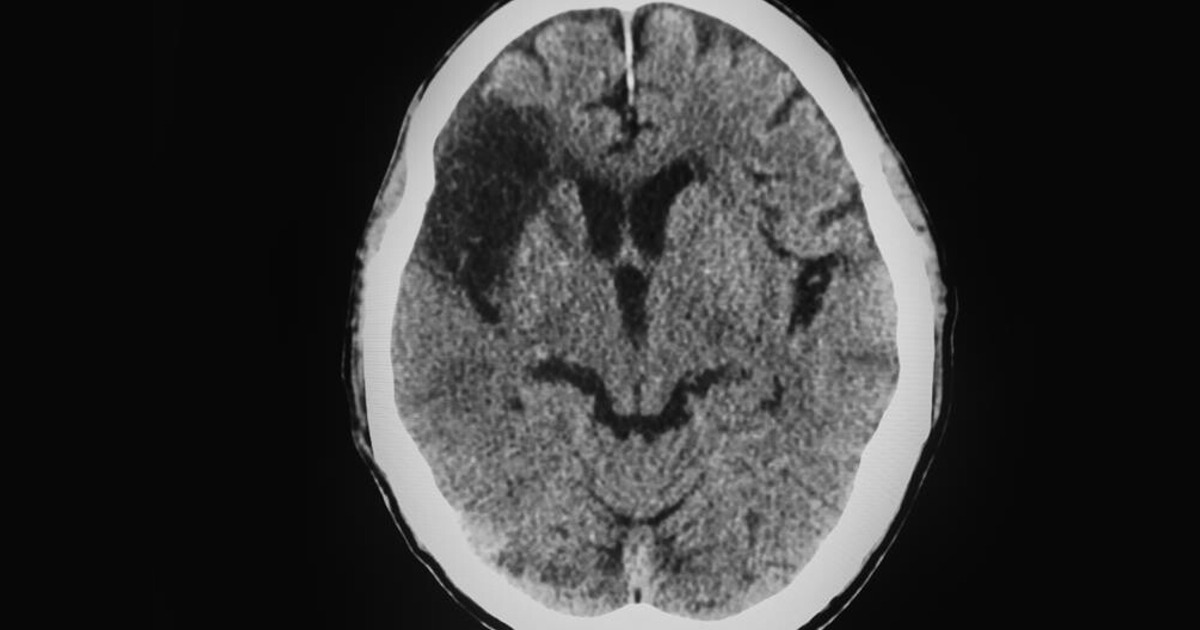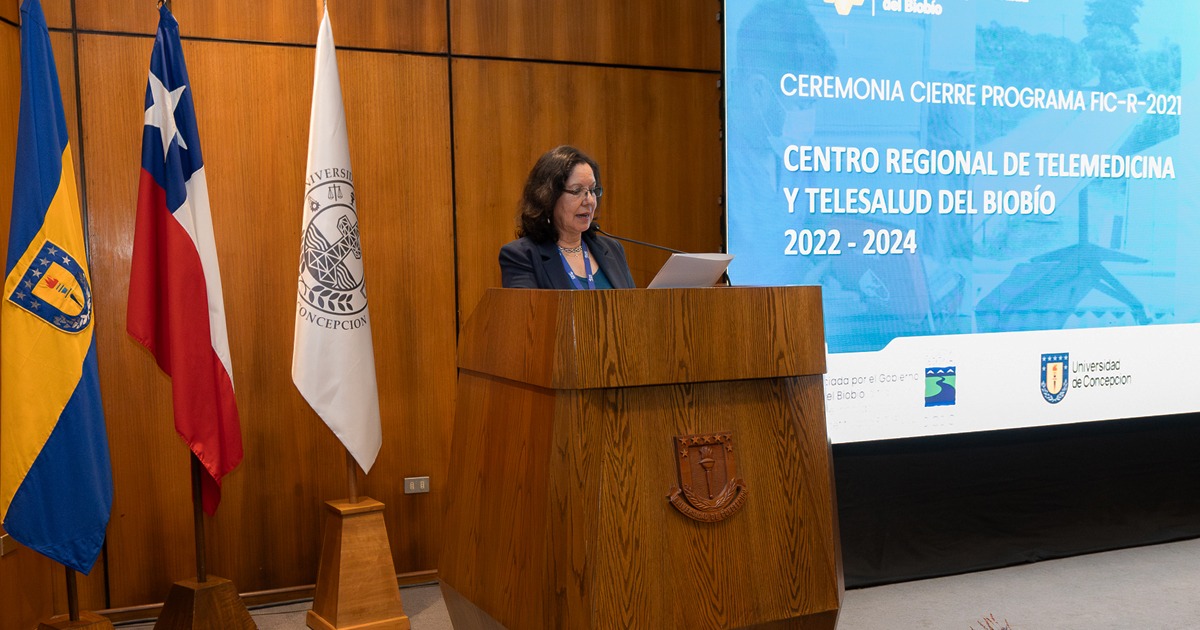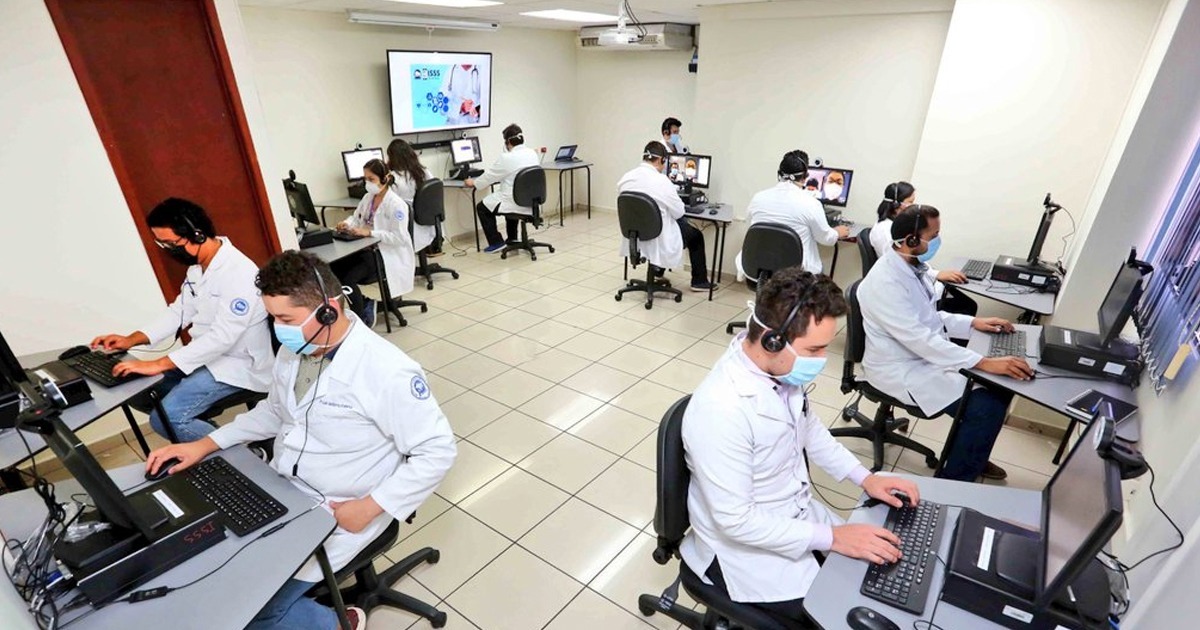Specialists from the American Medical Association, published in the journal Nature an analysis on the integration of Digital Health tools into clinical practice during and after the pandemic.
The COVID-19 pandemic and preventive health measures boosted digital transformation in many ways, education, commerce, information and entertainment consumption and of course healthcare. Digital Health services, including telemedicine, remote monitoring, among others, have stood out during the health emergency.
In 2016 American Medical Association (AMA), integrated Digital Health solutions into clinical practice, taking advantage of telehealth and telemedicine, the AMA found tools that could improve efficiency and safety in healthcare services. Even before the COVID-19 outbreak, in 2019 the AMA, conducted a study on technology adoption by medical professionals, which showed an increase in telehealth and telemedicine use of 28% over 2016.

However, the real growth happened during the pandemic. According to a Health and Human Services Assistant Secretary for Planning and Evaluation report released in July 2020 showed that 43.5% of fee-for-service primary care visits in Medicare conducted in April of that year were provided via telehealth when in February the figure was 0.1%.
“Telehealth allows patients, especially those particularly vulnerable to SARS-CoV-19 complications, to access care safely. But the increase in telehealth visits and access to virtual services has not been without its challenges,” he authors explain as one in three households in the United States, do not have access to computers and more than half do not have a smartphone. The biggest challenge of digital transformation and the implementation of digital health solutions in medical services is digital literacy, since even with access to a computer, not everyone knows how to use it properly.
“While patients have noted positive factors associated with telehealth such as improved patient–clinician communication, and improved self-management, they have also identified barriers that hindered their adoption of solutions including lack of validation, inability to use the technology, and lack of technical support,” indica la publicación.
However, not all challenges to the adoption of healthcare technologies relate to the patient; the physician perspective is just as relevant. “With lessons learned from the lack of physician input in the development of these technologies and the resulting frustrations that have followed, it is critically important that a diverse group of industry, clinical, and technology partners continue to collaborate to integrate physician perspective to develop and scale the adoption of telehealth solutions that benefit both patients and clinicians,” the authors explain in Integrating the physician perspective in telehealth technology.
The use of digital health tools must be guaranteed even after the pandemic, creating and adopting laws and regulations that promote privacy and security in this type of services and, above all, that they are equitably accessible, especially for rural or underserved populations, not only in the United States, but also at the regional and international scale.




